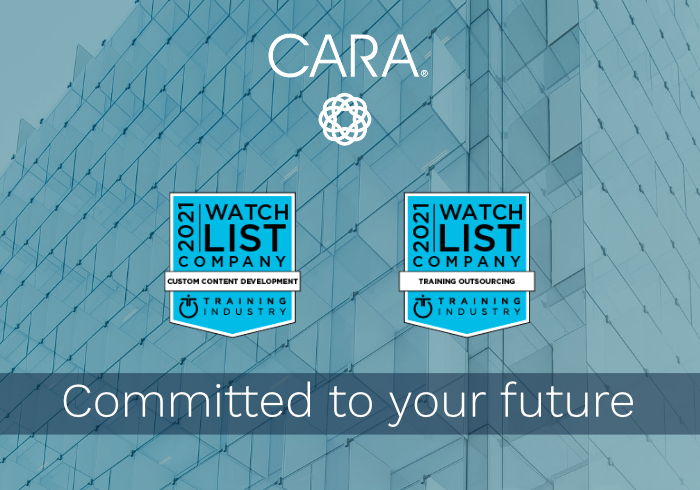
Sharing an observational essay by CARA’s Director, Organizational Change Management Andrew Barnitz Many professionals take vacations to escape the daily grind of their jobs and careers. But in my line of work, I am surrounded…

Sharing an observational essay by CARA’s Director, Organizational Change Management Andrew Barnitz Many professionals take vacations to escape the daily grind of their jobs and careers. But in my line of work, I am surrounded…

The CARA Group is proud to announce that we have been named to Training Industry Inc.’s 2021 Training Outsourcing Watch List and 2021 Custom Content Development Watch List, respectively. “Being…

For the last 500+ days, many of us have had the privilege of working from the comfort of our own homes – productively, I might add. While I reflect on…